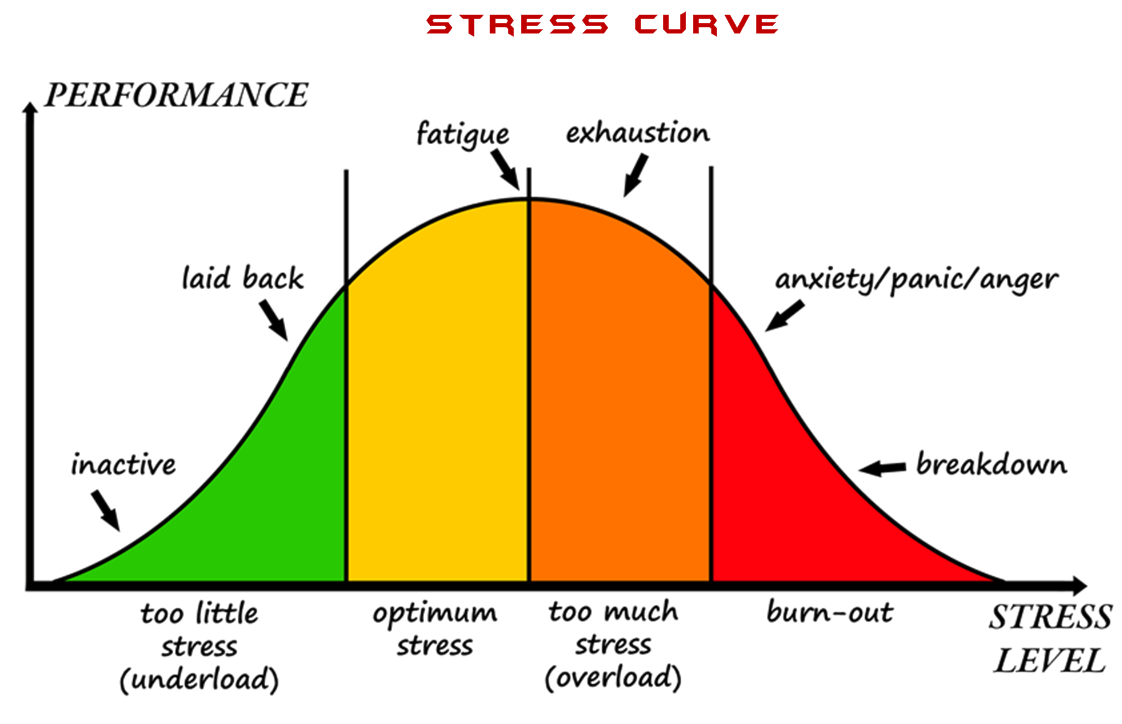 There are many different ways to build muscle. People have achieved success on high volume programs and low volume programs, high reps and low reps, training frequently and training infrequently, utilizing slow reps and fast. But regardless of the different components that garner greater attention or are regarded as being ‘most important’ none of these routines or programs speak to what is truly at the heart of muscle growth.
There are many different ways to build muscle. People have achieved success on high volume programs and low volume programs, high reps and low reps, training frequently and training infrequently, utilizing slow reps and fast. But regardless of the different components that garner greater attention or are regarded as being ‘most important’ none of these routines or programs speak to what is truly at the heart of muscle growth.
The secret to building muscle lies in the relationship between total demands (stress) placed on the muscle through resistance training and the time between, and frequency of these bouts of stress (recovery time). In simple terms, muscle hypertrophy (growth) is dependent on the effectiveness of a workout or program in stimulating a growth response and the time given to recover from the workout or program. Muscles require a stimulus which is strong enough to induce an adaptive response (viz. a change in size or functional ability) and ample time to recover and reap the full benefits of the stimulus. If either the stimulus is not strong enough or the recovery time not long enough or both, then muscle development cannot and will not occur.
 Many trainees will train and train…and train some more, without giving consideration to how much time they allow themselves to recover systemically from all that training. As if a day here and a day there is enough for the body and muscles to not only recover from the workout but also from the numerous other stresses that are imposed upon them from daily living.
Many trainees will train and train…and train some more, without giving consideration to how much time they allow themselves to recover systemically from all that training. As if a day here and a day there is enough for the body and muscles to not only recover from the workout but also from the numerous other stresses that are imposed upon them from daily living.
